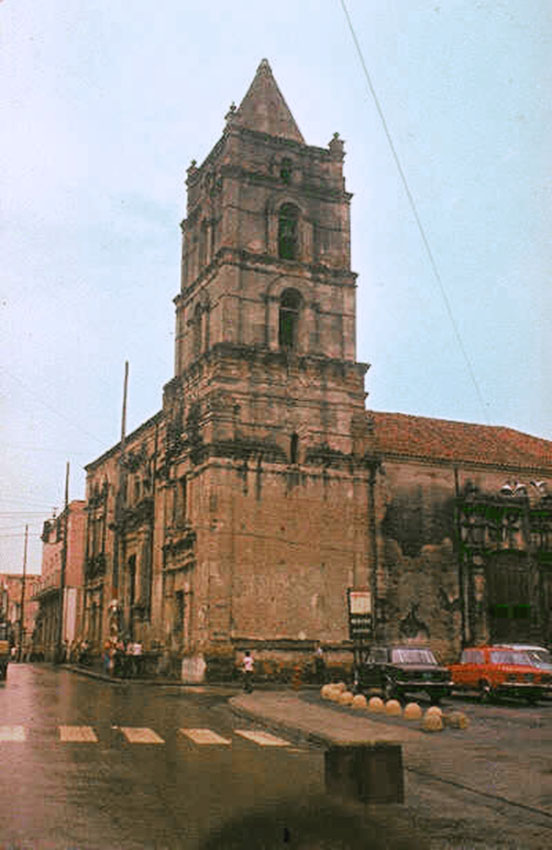HISTORICAL BACKGROUND
Camagüey, one of the oldest Cuban cities, founded in 1528 by the Spanish conquerors, was one of the economic, political and cultural centers of colonial Cuba. The first Cuban literary work, which dates from 1608 and recounts an episode of the town'sconstant struggle against pirates, was written in Camagüey. Its parochial church surpasses in size Havana's Cathedral. The people of Camagüey were among the first to oppose the slavery of blacks and Spanish domination. In its fields the brave cavalry commanded from 1873 by the Dominican Maximo Gomez, whose exploits brought him to the leadership of the Independentist Army, gained its fame.
Exceptional by its historical center's urban layout archaism, reminiscent of winding medieval streets, this city has retained its original appearance as few in the country. Colonial Camagüey is a very extended town, where only the principal buildings are two stories high. Its austere architecture barely points to its baroque descent in the pinks, ochres and pale blues of its paraments, Its austere architecture barely points to its baroque descent in the pinks, ochres and pale blues of its paraments, in the contour of its arches, always segmental or mixtilinear, and the contraposed rhythms of turned wood structures: grates, stanchions, struts and balconies.



